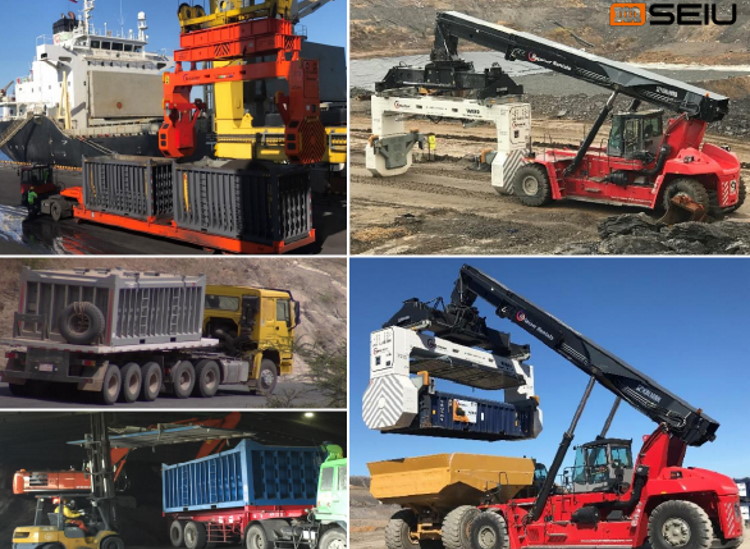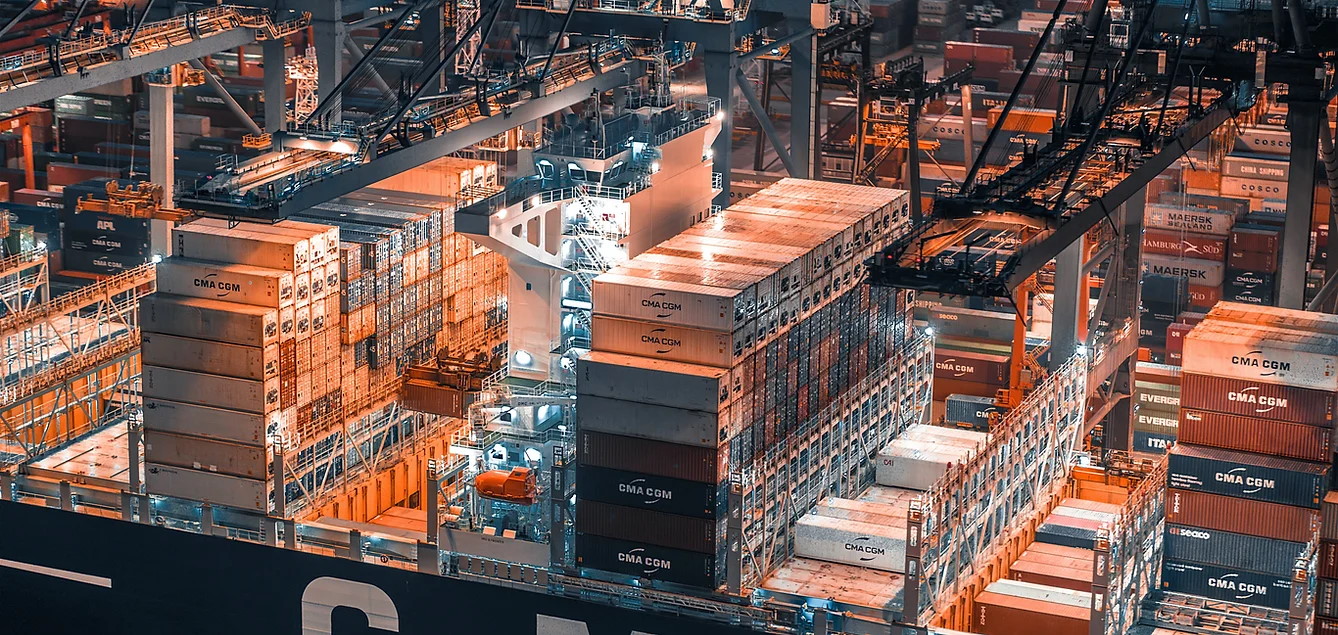
Content
1. Introduction
2. Import and export of chemicals and mineral raw materials:
2.1. Scheme 1
2.2. Scheme 2
2.3. Scheme 3
3. Conclusions
Introduction
Containerization of bulk cargo (CBH) is a logistics process for storing, transporting, and handling bulk and break bulk cargo in containers. Moreover, both specialized equipment (Rotainers) and universal equipment can be used to unload containers.
In the part of the world where I live, the CBH is not very well-developed. Despite the clearly expressed nature of the commodity economy in the region, bulk and break bulk cargoes are in no hurry to “move” to containers. Paradoxically, it is this economy that is slowing down the development of CBH in this part of the world. Commodity logistics chains involve the construction of a wide network of railways and specialized river and sea terminals. All this infrastructure continues to operate today. And only a few modern projects pay attention to CBH.
Environmental impact of containerization of bulk cargoes
So what is the CBH about? In my opinion, first and foremost, CBH is a story about the environment. This is what a supply chain built with CBH could look like in terms of its environmental impact.
Scheme 1
Direct delivery of raw materials from one process to another. Technological processes can be either internal, external, or mixed. Containerization of such logistics is the most environmentally friendly. There are no intermediate, open storage areas. And the transportation of raw materials is carried out in closed containers. Examples include: moving raw materials in containers from a quarry equipped with a container yard directly to a bunker or conveyor at a processing or concentrating plant; transporting, for example, grain in containers between two elevators, a linear elevator and a port elevator; and transporting any bulk cargo between closed warehouses. The delivery of raw materials from containerized quarry sites or covered warehouses with unloading into the hold of a closed vessel can also be classified as the most environmentally friendly, at least on the local segment, at the point of departure of the vessel.
Scheme 2
Delivery from one technological process to another using no more than one open warehouse. This containerization option will have a greater negative impact on the environment than the previous one. With this logistics system, raw materials will either be loaded into containers from an open warehouse or unloaded to an open warehouse. Examples include the use of containers and Rotainers when moving raw materials from open pit storage areas directly to the processing line of processing or concentrating plants. Direct shipment of raw materials from enterprises or container yards of quarries to accumulation, open warehouses of railway, river, and sea terminals. And the most common example of CBM is the loading of a ship or train using container beams and Rotainers from the open warehouses of the terminal.
Scheme 3
Moving raw materials between two or more technological processes using at least two open storage areas will be the least environmentally friendly. In addition, each additional transshipment also leads to losses of raw materials. Examples: shipment from a quarry warehouse to a processing plant warehouse. Moving raw materials in containers from a warehouse in a quarry or processing plant to an open warehouse at a terminal in a port or on a railroad, and many other similar options.
Conclusions
Implementation of CBH in any of the above schemes of your technological processes will always have a positive effect on the environment. The maximum effect will be achieved with your new infrastructure projects. And modernization of existing chains with the use of CBH will help optimize the negative impact on the environment.
By clicking on the links (Containerized Bulk Handling, Rotainers) you can get acquainted with our containers and Rotainer for CBH and get a free expert consultation.
Author: Mykola Soloviov
You will also be interested in: CONTAINERIZED BULK HANDLING.





